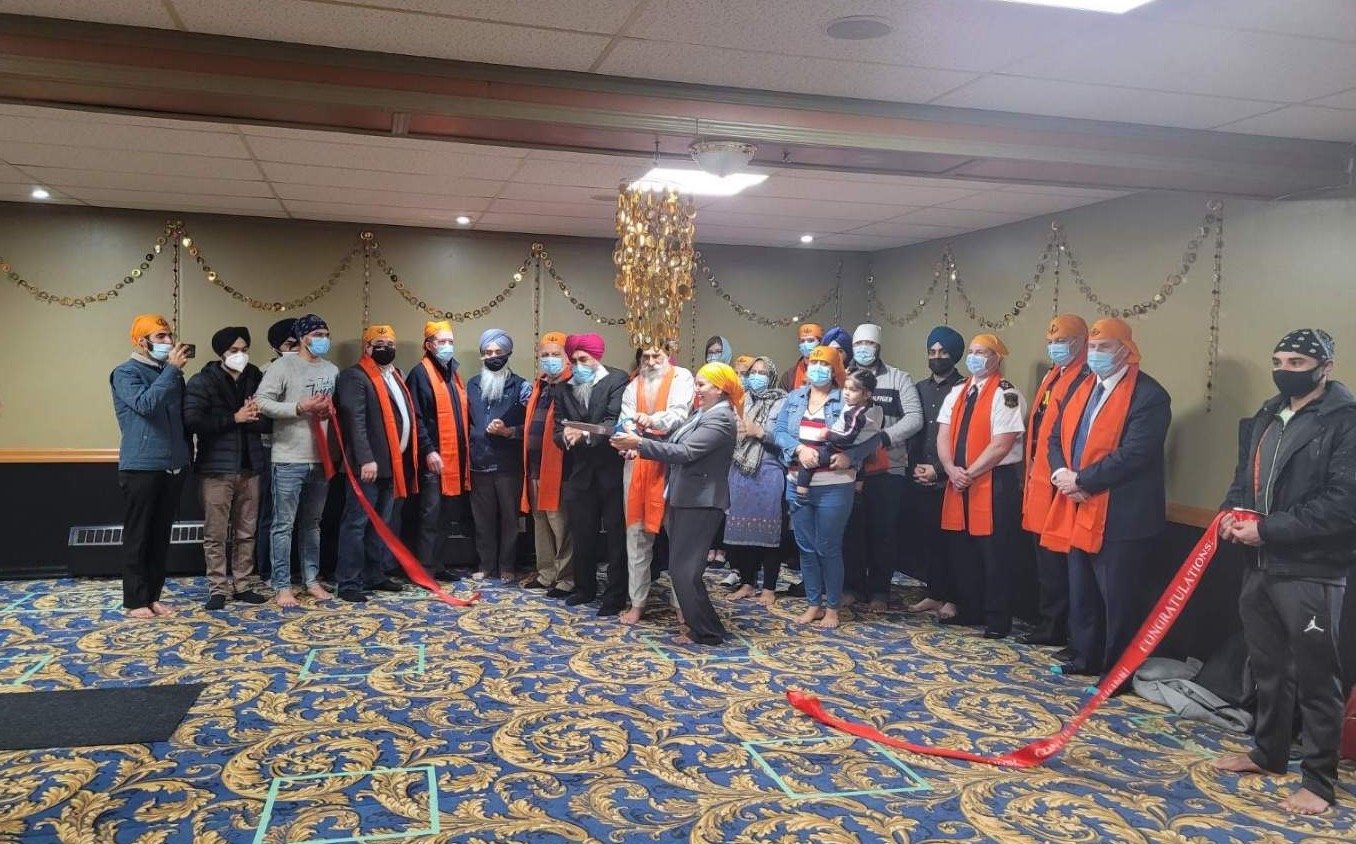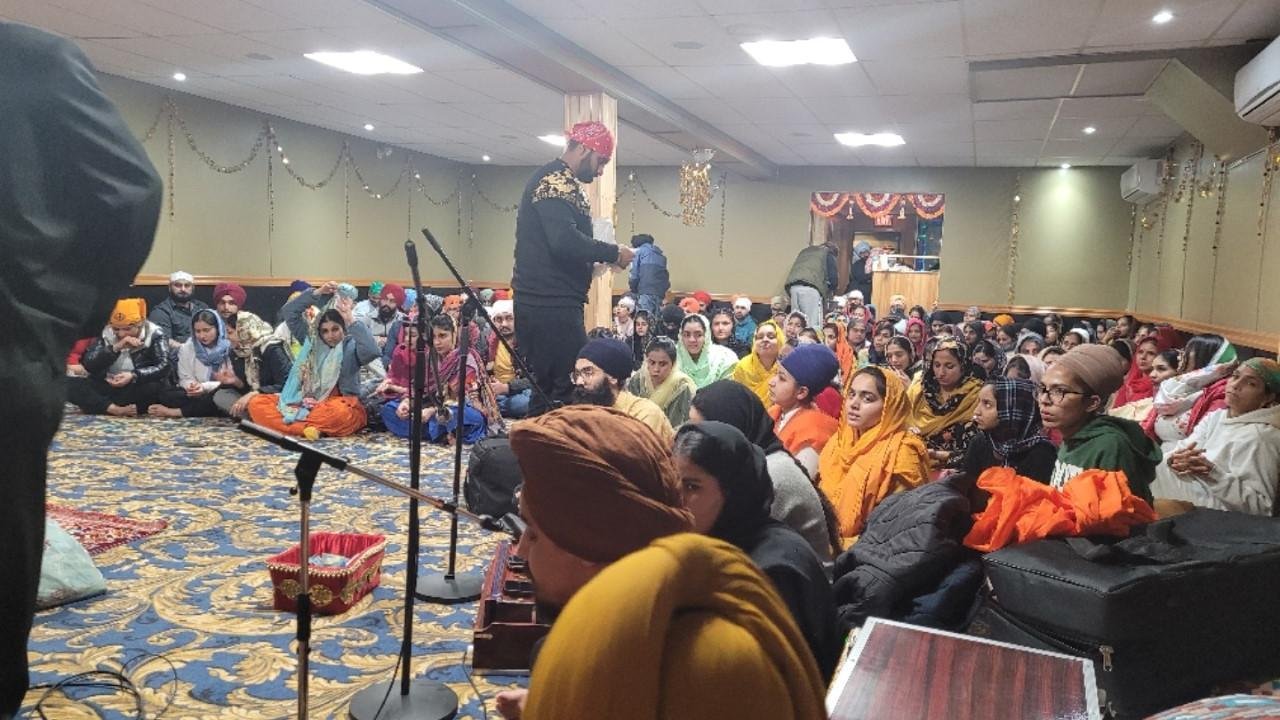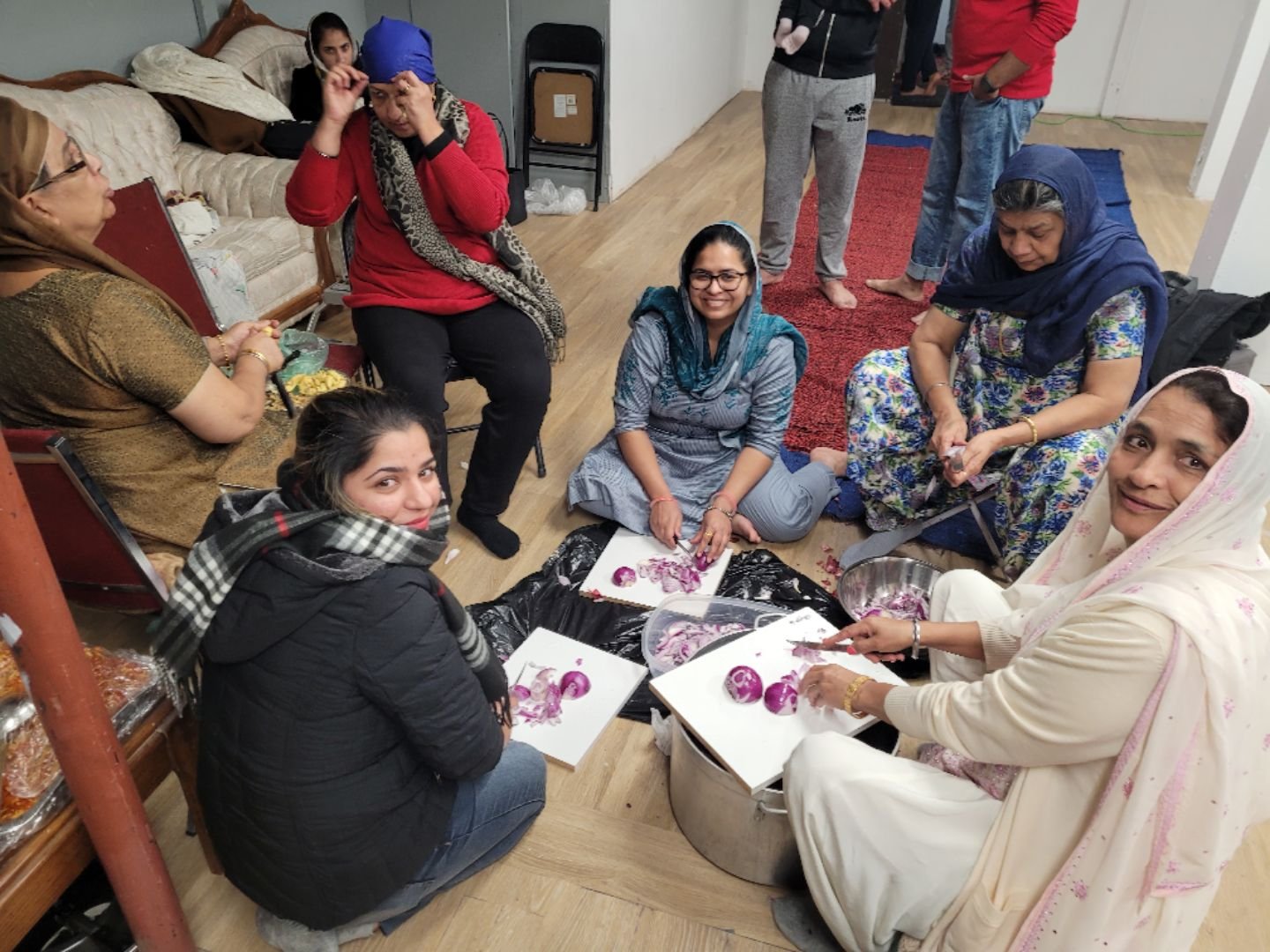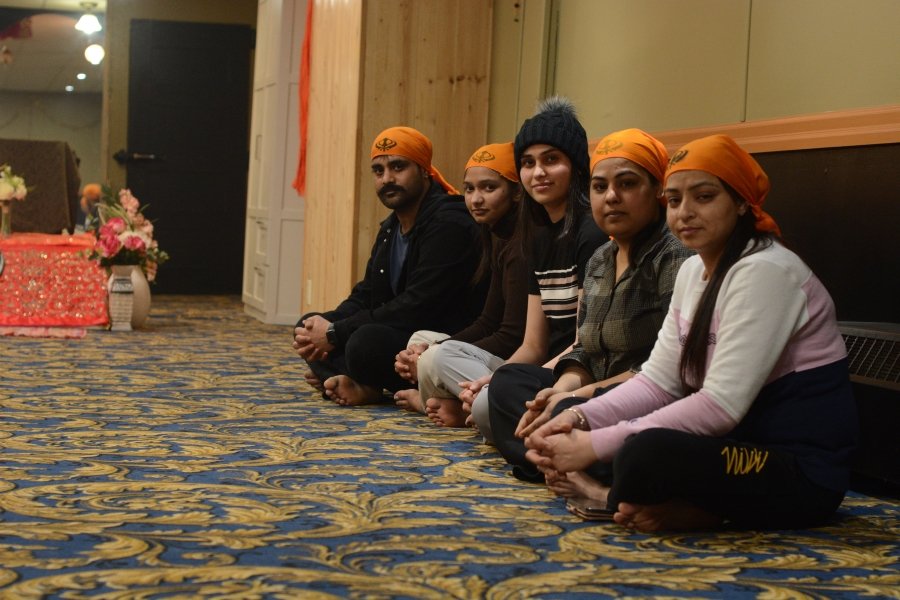The story of Timmins’ first Sikh temple




TIMMINS — Navdeep Singh stared out the window of the Ontario Northland bus at the passing bush, lakes, and streams. It was July 2018, and the bus, headed from Toronto to Timmins, was winding its way through the Canadian Shield. When Singh enrolled at Northern College from his home in Jalandhar, a city in the Indian state of Punjab, he thought he’d be going to live somewhere near the GTA — he hadn’t realized that Timmins was, in fact, a small city roughly 800 kilometres north of the provincial capital. “I didn’t know it was a very remote area,” Singh says. “It was a shock.”
When he finally arrived at his destination, he was relieved to see some familiar sights: a McDonald’s and a Walmart. But establishing himself was difficult, he says. He worked part-time to help pay for tuition but struggled with English, which he says cost him a job: “It was very hard time for me. Every night, I used to cry.”
Gradually, though, he befriended fellow international students. He volunteered at Living Space, the local shelter, and found a new job at the United Way. Four years later, Singh, now 27, says life in Timmins will be better for anyone who follows in his footsteps. That’s largely because 2022 brought with it the opening of the Sikh Sangat of Timmins — the area’s first gurdwara, a Sikh temple and gathering place established by Kanwaljit Kaur Bains and her husband, Bahadur Bains.
The couple, who live in Brampton, never expected to become community leaders in northern Ontario.
Their interest in Timmins stemmed from Bahadur’s retirement ambitions. “He always said, ‘I want to retire in an open space where there's maybe a lake in the back, and I can park my RV, let my dogs run,’” says Kanwaljit. She found a sprawling property near town with lake access — and a downtown storefront that would allow them to expand the family’s law office and its kitchen-cabinet business.
But when she made visits to the area, Kanwaljit was struck by the fact that, wherever they went, they encountered international students. “They were so excited to see a guy with a turban,” she says. “They would greet us in the Punjabi language and ask us if we lived here or were moving here.”
The Sikh students, she says, told her they had nowhere to pray or gather. “We are blessed with so many establishments here in southern Ontario — in Toronto, the GTA — but these kids do not have that,” she says. “By the time we were back in Toronto, we had decided that [the downtown] building was going to be a gurdwara.” After buying the former home of Gibby’s Tavern in August 2021, they converted it into a space for a growing community of Sikh and Indian residents.
Although an event was held on December 31, the gurdwara officially opened in February. “We want to see northern Ontario also flourish, just like the GTA,” says Kanwaljit. Once their home in Timmins is built, the Bainses plan to relocate permanently.
The gurdwara is open to everyone, with a lobby and common area for socializing. In the back is a room for prayer; the basement serves as a langar for daily communal meals. The Bainses invested roughly $450,000 in buying the property and repurposing the space as a gurdwara, but its operations rely on donations. Currently, granthis — who organize services — travel from southern Ontario and stay temporarily in Timmins. Kanwaljit is hoping to find a granthi who will move to the city. “This is something that I desperately, desperately need help with,” she says.
The influx of Sikh and Indian residents is a recent phenomenon, according to Adarsh Neelam, who’s originally from southern India and came to the area seven years ago for work. “When I moved to Timmins in 2015, we used to have just have under 200 people in the Indian community,” he says. Northern College tells TVO.org via email that, since 2017, it has enrolled nearly 2,000 international students — 96 per cent of them from India.
Neelam, who is Hindu, says he was happy to see the gurdwara open. As a member of the India Canada Timmins Association, he’s been involved in helping newcomers get settled. He says the opening of a grocery store, a restaurant, and now the gurdwara have made the city feel more like home. “We didn’t have that when I moved to Timmins,” says Neelam, who hopes it will inspire someone to open a Hindu temple or other spaces.
Some students have come to appreciate the small-town life. “We’ve got more friends over here. In [southern Ontario] it’s busy, busy, busy. Everyone is running; no one has time for each other,” says Komaldeep Kaur, 22, who studied computer engineering.
She plans to bring her family over from India, but, in the meantime, the Bainses have played that role. “She's very, very nice, just like a family,” Kaur says. “That's how we see her. And that's how she sees us.”
The Bainses drive or fly to Timmins nearly every week. They organize community seminars, such as sessions on finance and mental health. Kanwaljit says she, too, has found a new family in the north. A student recently called to tell her she’d received her permanent residency. Another student, she says, came to her upset about a death in the family: “If I wasn't there, and all these other students have never met, she would probably be sitting in her room going through all these emotions the from loss of this family member [alone].”
She says she knows of at least six graduates who have recently bought homes in Timmins: “They are willing to settle there.”
Madison Mizzau, a community-development consultant at the Timmins Economic Development Corporation, which administer the Rural and Northern Immigration Pilot in Timmins, says she’s heard the same from international students and newcomers: “The gurdwara is so important to the retention of those international students. It has really become a gathering place for people and provides that sense of community and belonging.”
That sense of community could have benefits for the larger region, says Deborah Robertson, executive director of the North Bay & District Multicultural Centre, which runs a branch in Timmins: “Northern Ontario is experiencing low birth rates, youth-out migration and an aging population. Attracting and retaining immigrants will help the area to grow and thrive.”
Singh volunteers at the gurdwara every day, cleaning and cooking meals. He graduated in 2020 and now works full-time at Timmins and District Victim Services. Although he hasn’t found himself a house yet, he’s on the hunt. He’s working on bringing his family over, too. He says that when he used to ask his friends about their post-school plans, they’d say, “I’m going to leave Timmins. There is nothing we can do here.” At one point, he could relate, he says, but thanks to the gurdwara, he now feels at home. “I was surprised, and I was happy,” Singh says of its opening. “It's just like a family.”
Ontario Hubs are made possible by the Barry and Laurie Green Family Charitable Trust & Goldie Feldman.
https://www.tvo.org/article/its-just-like-a-family-the-story-of-timmins-first-sikh-temple
